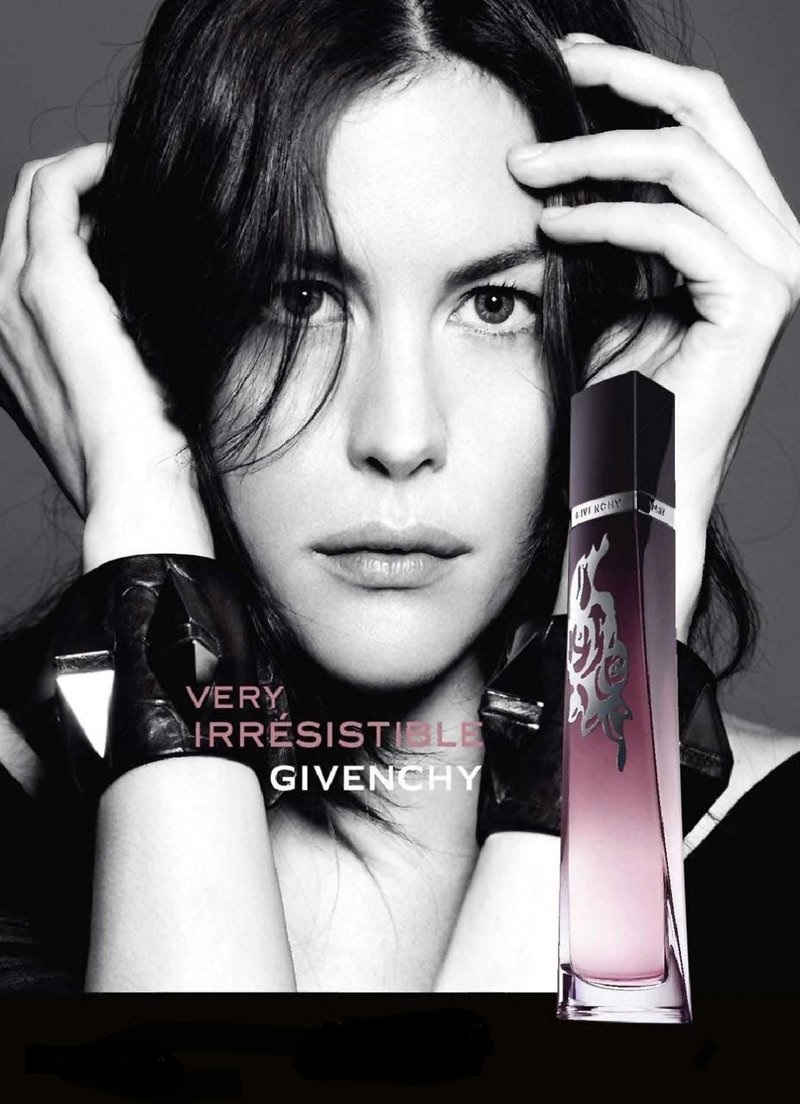Cosmetic clays are one of the amazing “inventions” of Mother Nature. They have many benefits for skin, brim with minerals and nutrients and, on top of that, clays are entirely natural cosmetics. Another positive thing about clays is their diversity, which means that there is no skin type that wouldn’t match with at least one type of clay. Keep reading to learn the basic facts concerning cosmetic clays and discover their brilliant properties.
What exactly are cosmetic clays?
Clay, also known as kaolin, is a mineral that results from breaking down silica and aluminum rocks. France is the country known for having the richest sources of clay, which are dug out from the ground (230 ft. / 70 m deep), dried under the Sun and boiled to finally find their way to your bathroom.
It can’t be denied, cosmetic clays offer plenty of benefits. Known for centuries, cosmetic clays were, and still are, the subject of research and studies, each one discovering new amazing properties of these all-natural skincare products. Did you know that back then the power of clay was used in treating tuberculosis and dysentery? Today, however, we’re going to focus on and analyze only the amazing effects cosmetics clays have on skin.
What are cosmetic clays made up of?
- macro and micro elements
- calcium, zinc, copper and phosphorus
- trace amounts of selenium and molybdenum
- vitamin E
- iron and silicon
Types and benefits of cosmetic clays
• GREEN CLAY
Perfect cosmetic for oily skin that has a tendency to acne and excess sebum. It brims with iron, which in fact makes the clay green. Additionally, it contains selenium, calcium and silicon. There is no other so potent all-natural cosmetic that would work for oily skin so well. It unclogs pores without disturbing the hydro-lipid barrier.
• WHITE CLAY
White clay is destined for sensitive and dehydrated skin. Interestingly, white clay is also called porcelain clay because it used to be the constituent of china. If you decide to apply white clay to face, you will supply your skin with kaolinite, manganese, magnesium, sodium and iron – this is why it takes good care of hyper-reactive skin and relieves irritation. Additionally, white clay may help you deal with greasy hair.
• PINK CLAY
It suits all skin types at all ages. Indeed, no matter if your skin is oily, mature or extremely dry, you can use pink clay to supply it with nutrients. What’s interesting, there is no such thing in nature like pink clay because this is a mixture of red and white clays to relieve inflammation and balance sebum production. It’s also proven to have a soothing and calming effect on the skin.
• RED CLAY
This clay is a friend of combination, mature and couperose skin. Red clay offers a high concentration of iron, silicon, kobalt, copper and selenium, which is proven to have a positive effect on skin with broken capillaries – it helps constrict enlarged vessels. Apart from that, red clay can be applied to acne-prone skin to visibly reduce this problem.
• GHASSOUL (MOROCCAN) CLAY
As it’s easy to guess, this clay comes from Morocco, and is one of the top export products of this country. This clay seems to be somehow special because it has an array of benefits: it has a cleansing effect on skin, takes good care of it, soothes, relaxes, evens out skin tone and boosts blood flow. When used on a regular basis, ghassoul clay improves skin resilience. It can be used no matter the skin type.
• BLUE CLAY
You can find blue clay under another name, which is bentonite clay. Blue clay is the result of weathering of volcanic ash, and its key component is montmorillonite – a mineral that is known for increasing the amount of oxygen and nutrients in skin. It’s also worth adding that this cosmetic clay leaves skin brighter, evens out its tone, prevents wrinkles and improves suppleness.






